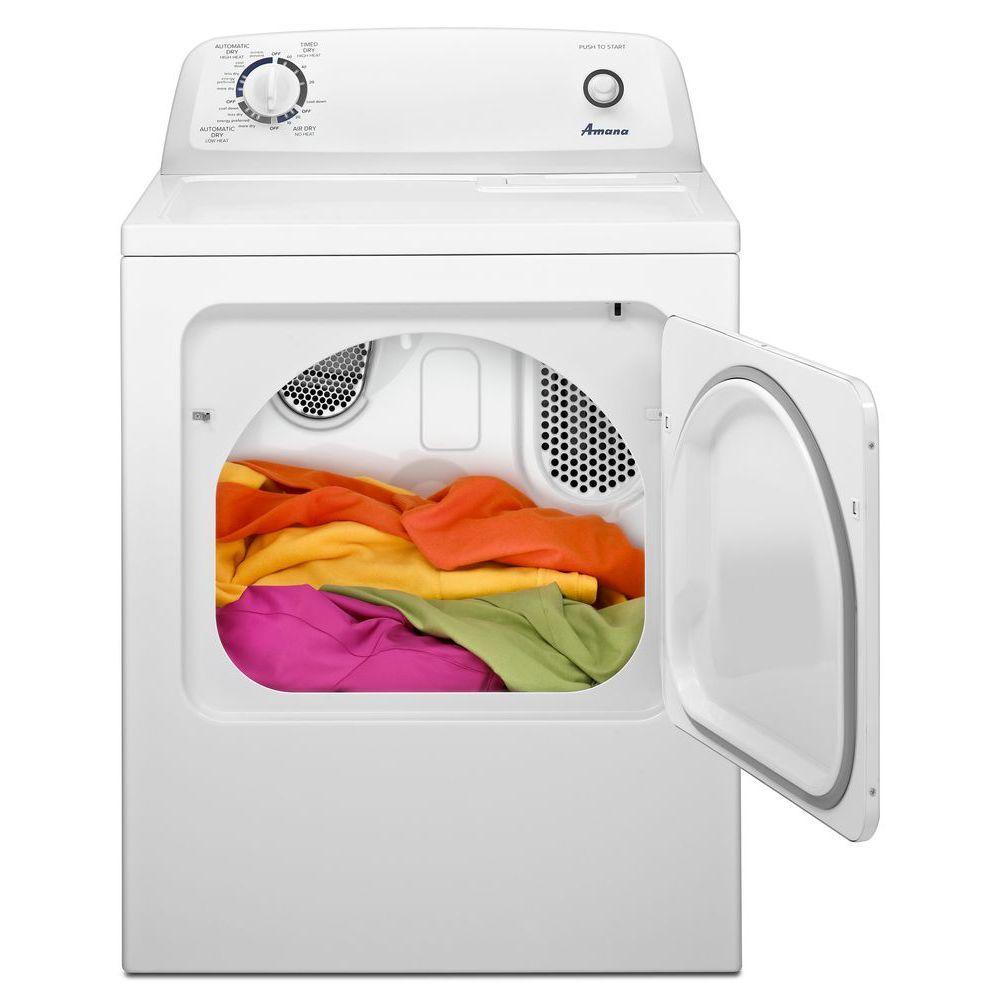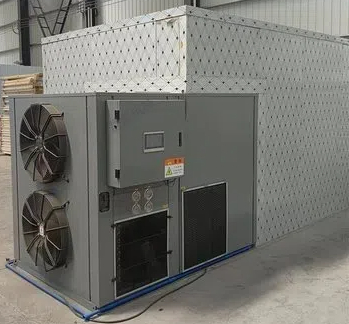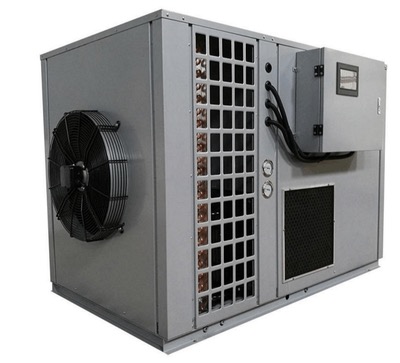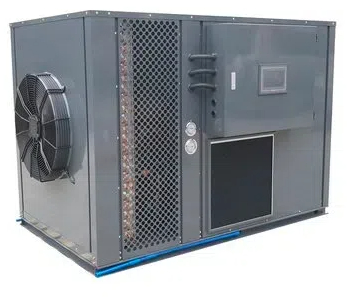
Content Menu
● Introduction
● Advantages of Electric Dryers
>> Easy Installation and Accessibility
>> Safety Features
>> Consistent Performance
● Advanced Features and Technology
>> Smart Technology Integration
>> Specialized Drying Cycles
● Energy Efficiency Considerations
>> Energy Consumption
>> Cost Considerations
● Performance Factors
>> Drying Effectiveness
>> Maintenance Requirements
● Environmental Impact
>> Carbon Footprint
>> Sustainability Features
● Practical Considerations
>> Space Requirements
>> Durability and Lifespan
● Making the Right Choice
>> Factors to Consider
>> Selection Tips
● Frequently Asked Questions
>> Q1: How long do electric dryers typically last?
>> Q2: Do electric dryers cost more to operate than gas dryers?
>> Q3: What size electric dryer should I choose?
>> Q4: Are electric dryers better for the environment?
>> Q5: What maintenance do electric dryers require?
>> Q6: How can I maximize my electric dryer's efficiency?
Introduction
Electric dryers have become a staple in modern households, offering convenience and efficiency in laundry care. This comprehensive analysis explores the advantages and disadvantages of electric dryers, helping you understand whether they're the right choice for your home.
Advantages of Electric Dryers
Easy Installation and Accessibility
Electric dryers offer remarkable convenience in terms of installation and setup. Unlike gas dryers, they don't require special gas lines or professional installation. Most homes already have the necessary electrical outlets, making them a plug-and-play solution for most households.
Safety Features
Modern electric dryers come equipped with advanced safety features:
- Automatic shut-off systems
- Temperature monitoring
- Door safety switches
- Lint filter indicators
- Overheating protection
Consistent Performance
Electric dryers provide reliable and consistent drying performance. They maintain steady heat levels throughout the drying cycle, ensuring uniform results for all types of fabrics.
Advanced Features and Technology
Smart Technology Integration
Modern electric dryers often include:
- WiFi connectivity
- Smartphone controls
- Custom cycle programming
- Energy usage monitoring
- Maintenance alerts
- Remote diagnostics
Specialized Drying Cycles
Today's electric dryers offer multiple specialized cycles:
- Delicate care
- Heavy duty
- Quick dry
- Eco-friendly options
- Steam refresh
- Sanitize cycle
Energy Efficiency Considerations
Energy Consumption
While electric dryers traditionally consume more energy than gas models, newer models incorporate various energy-saving features:
- Moisture sensors
- Eco modes
- Heat pump technology
- Energy Star certification
- Auto-shutoff features
Cost Considerations
The total cost of owning an electric dryer includes:
- Initial purchase price
- Installation costs
- Operating expenses
- Maintenance requirements
- Potential energy savings
- Longevity and durability

Performance Factors
Drying Effectiveness
Electric dryers excel in several performance areas:
- Consistent heat distribution
- Multiple temperature settings
- Even drying results
- Wrinkle prevention
- Fabric care options
Maintenance Requirements
Regular maintenance tasks include:
- Lint filter cleaning
- Vent system inspection
- Drum cleaning
- Sensor wiping
- External cleaning
- Professional servicing
Environmental Impact
Carbon Footprint
The environmental impact depends on:
- Energy source
- Usage patterns
- Energy efficiency rating
- Manufacturing process
- Disposal methods
Sustainability Features
Modern electric dryers incorporate eco-friendly features:
- Energy-saving modes
- Recyclable materials
- Reduced water consumption
- Lower emissions
- Sustainable manufacturing

Practical Considerations
Space Requirements
Electric dryers offer flexible installation options:
- Standard sizes available
- Stackable models
- Compact versions
- Side-by-side installation
- Built-in possibilities
Durability and Lifespan
Factors affecting longevity include:
- Build quality
- Usage frequency
- Maintenance routine
- Environmental conditions
- Installation quality
Making the Right Choice
Factors to Consider
When deciding on an electric dryer:
- Available space
- Budget constraints
- Energy costs
- Family size
- Usage patterns
- Local climate
- Existing infrastructure
Selection Tips
Important considerations include:
- Size requirements
- Energy efficiency ratings
- Feature preferences
- Brand reputation
- Warranty coverage
- Service availability

Frequently Asked Questions
Q1: How long do electric dryers typically last?
A: With proper maintenance and regular care, electric dryers can last between 10-15 years. The lifespan largely depends on usage patterns, maintenance routine, and initial quality of the appliance.
Q2: Do electric dryers cost more to operate than gas dryers?
A: Operating costs depend on local utility rates. While electric dryers typically cost more to operate than gas models, modern energy-efficient units can significantly reduce running costs. The difference in operating costs varies by region and energy prices.
Q3: What size electric dryer should I choose?
A: The ideal size depends on your household needs. For average families, a capacity of 7.0 cubic feet is suitable. Larger families might need bigger capacities, while smaller households can manage with 4.0-6.0 cubic feet models.
Q4: Are electric dryers better for the environment?
A: The environmental impact depends on your local power grid's energy source. In areas with renewable energy sources, electric dryers can be more environmentally friendly. Modern energy-efficient models with eco-features further reduce environmental impact.
Q5: What maintenance do electric dryers require?
A: Regular maintenance includes cleaning the lint filter after each use, checking and cleaning vents annually, inspecting the drum seal, cleaning moisture sensors, and scheduling professional maintenance when needed. Proper maintenance extends the dryer's lifespan and maintains efficiency.
Q6: How can I maximize my electric dryer's efficiency?
A: To optimize efficiency: clean the lint filter regularly, avoid overloading, use appropriate temperature settings, ensure proper ventilation, maintain the appliance regularly, and consider using dryer balls to reduce drying time.












